TAYLOR'S FINE VIOLINS VIOLIN SHOP

Reconstruction of Cembal d'Amour circa 1721
The Historical Clavichord
About half of my musical instrument filled life has been taken not on violins, but in building historically accurate copies of 1700s Baroque clavichords, a keyboard instrument popular with German musicians like JS and CPE Bach, even Haydn and Mozart. The clavichord is the quietest keyboard instrument, but in many ways the most beautiful and expressive sounding keyboard. It is the only keyboard that allows one to play vibrato, like on a violin, by pushing the key up and down, changing the pitch noticeably, While it plays louder and softer like a piano, its range is more from pianissimo to ppp, than forte to piano, like a piano. It is about 1/4 as loud as a quieter harpsichord. The instrument I built pictured above is a special and incredibly large variation on the clavichord called the Cembal d'Amour invented around 1721 by a famous organ builder friend of JS Bach's named Gottfried Silbermann. Many of his organs are still played in churches around Germany today. This particular instrument is 9 1/2 feet wide and somewhat louder than most clavichords, because it has two soundboards, striking the strings precisely in the middle, with effectively 4 strings vibrating per note instead of two, like the quieter clavichord. I was able to get a top recording artist, who unfortunately wants to remain anonymous, to record an amazing CD of this instrument and three other clavichords I have built. Thanks to the wonders of computers the whole CD is available on youtube, and I post the links to the recordings below.

Early 1700s drawing of Silbermann's Cembal d'Amour
While I have the greatest love for the clavichord and its music, and am an accomplished amateur player (I do not play the violin), and have built almost 20 clavichords, which in today's dollars would sell for $10,000-$40,000, deducting all the legitimate expenses and costs incurred in building clavichords will show you that the pay sucks—big time. I'm a perfectionist, a very slow and meticulous maker. And, when I did the bookkeeping after 7 years of building clavichords almost full-time, my hourly wage worked out at substantially below minimum. This is not worth the effort I gave it, as the process involves risking life and limb from using dangerous power tools, in my honest opinion. After three serious accidents with three different power tools, I consider myself lucky to still have all my fingers. I was so glad to get back into the relative sanity of handtool violin work after much grief trying to make a living at clavichords. I thank God that I now have a fine example of my keyboards to play at home, as I went some years without a clavichord to play, having sold my last one to pay the bills.
I am an amateur keyboard player. Directly below are three YouTube videos of my playing. The first is of me playing JS Bach, etc. on the Anon AA-f3. The second shows me playing my electric clavichord (see pic below), and the third is a Pendulum with me on the electric clavichord and with my friend Hunter on electric guitar.
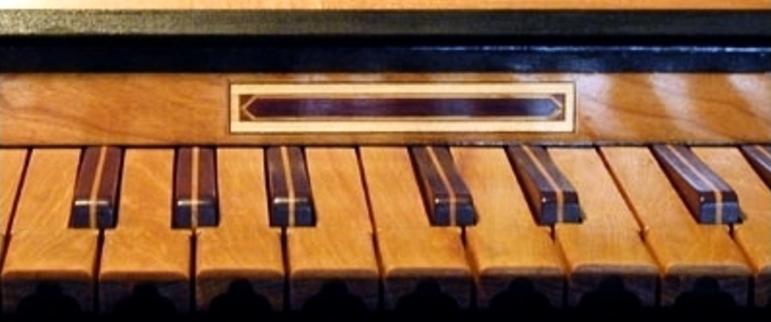
Third Donat keyboard and inlay detail
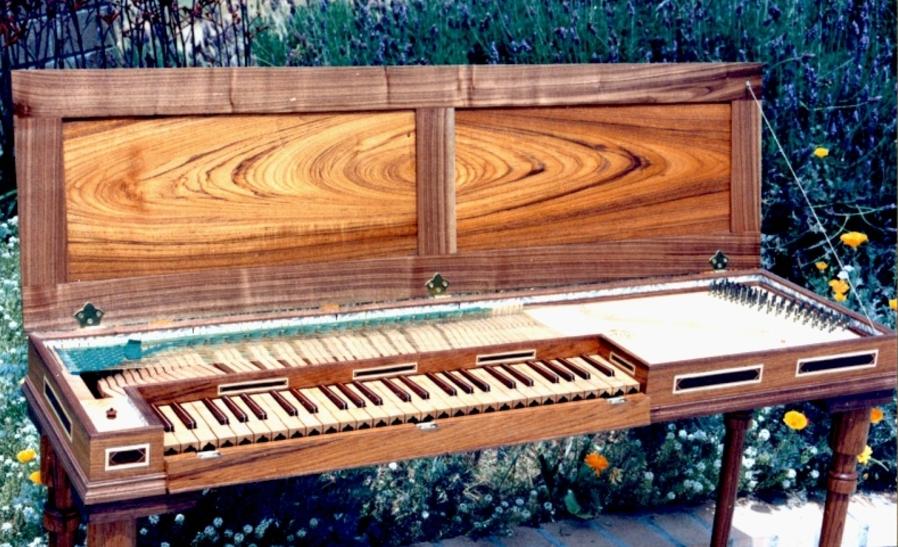
My first copy of Johann Jacob Donat, 1700 Leipzig
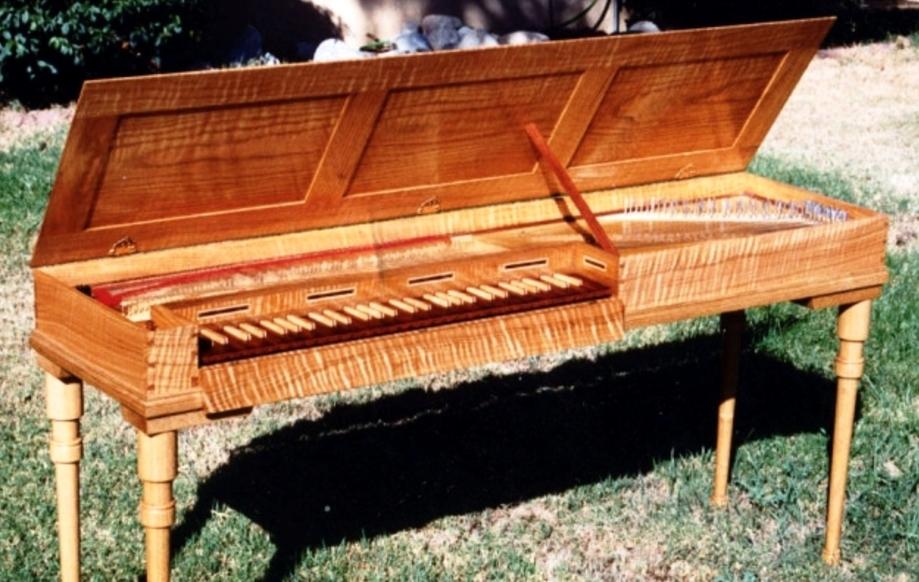
My copy of a Christoph Friederich Schmahl 1787
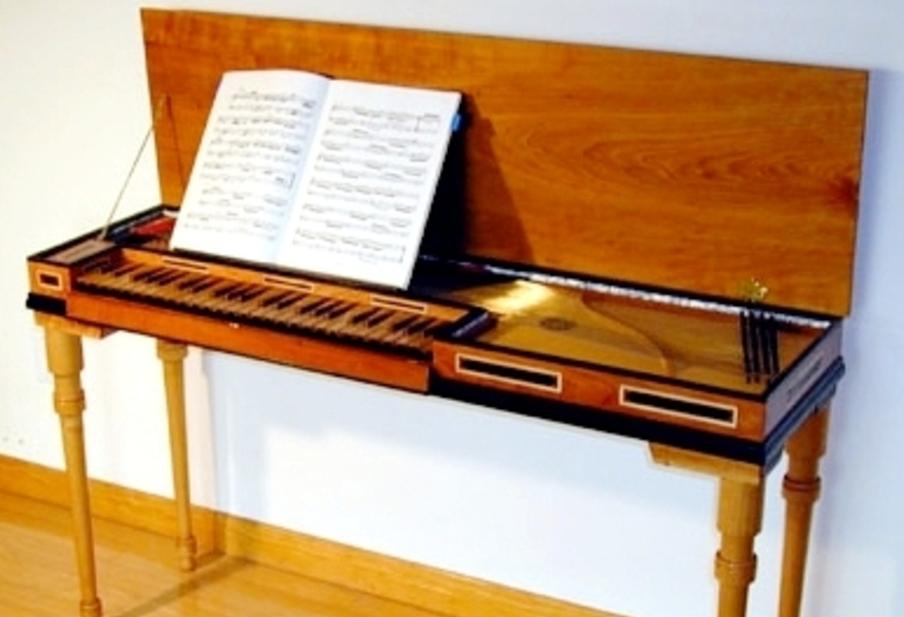
My third copy of Johann Jacob Donat 1700
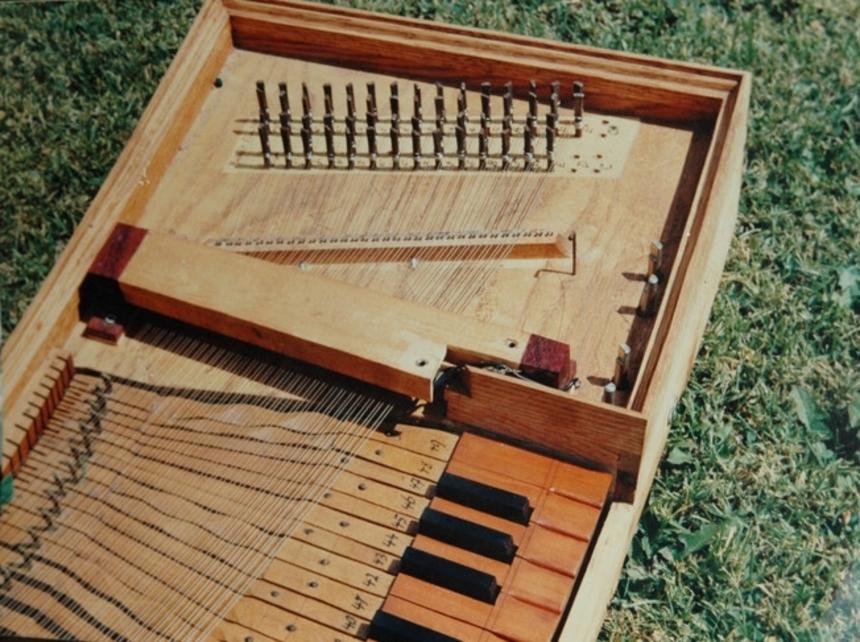
My Electric Clavichord,
With solid Ash soundboard, Steel strings,
and hand made magnetic humbucking pickups